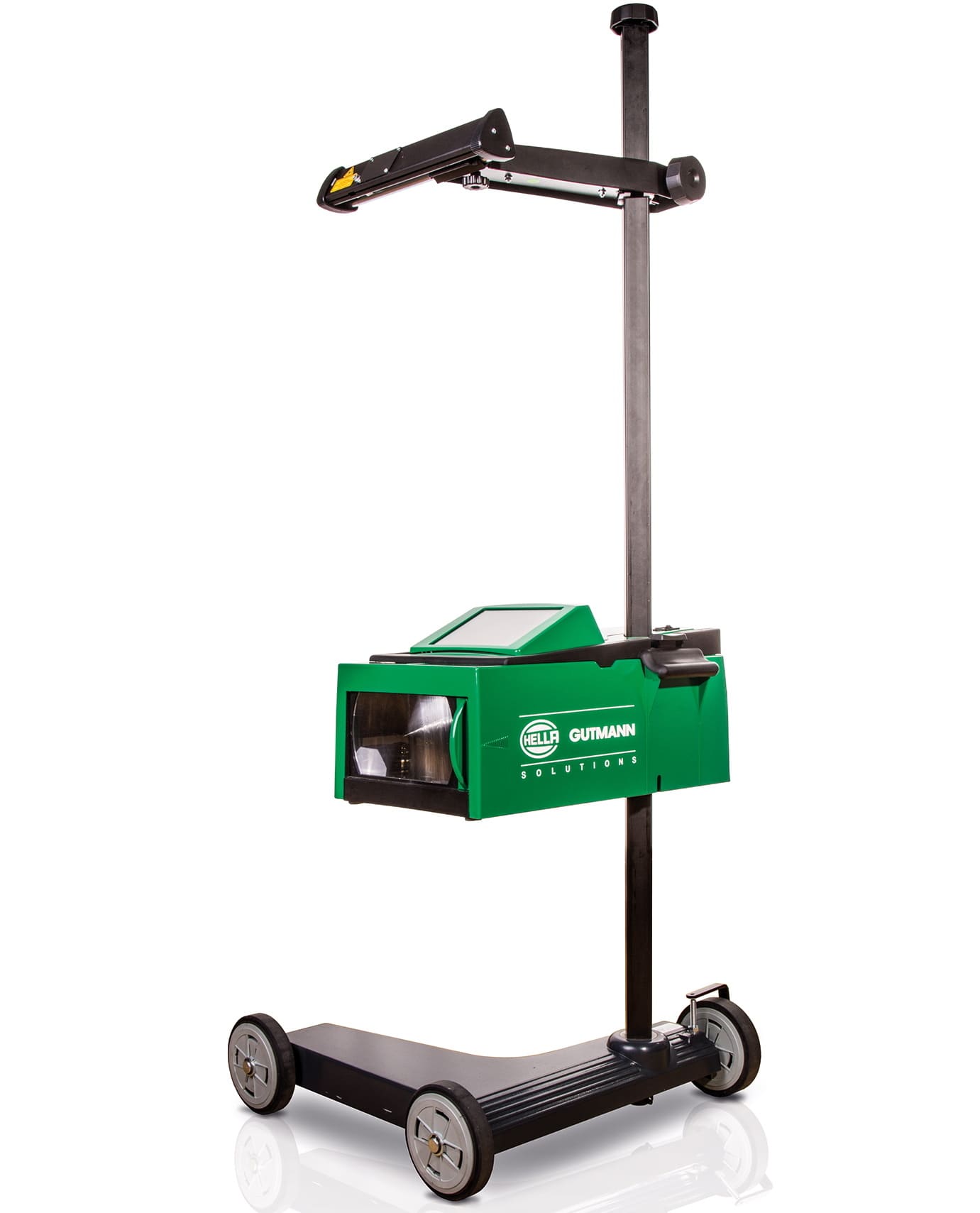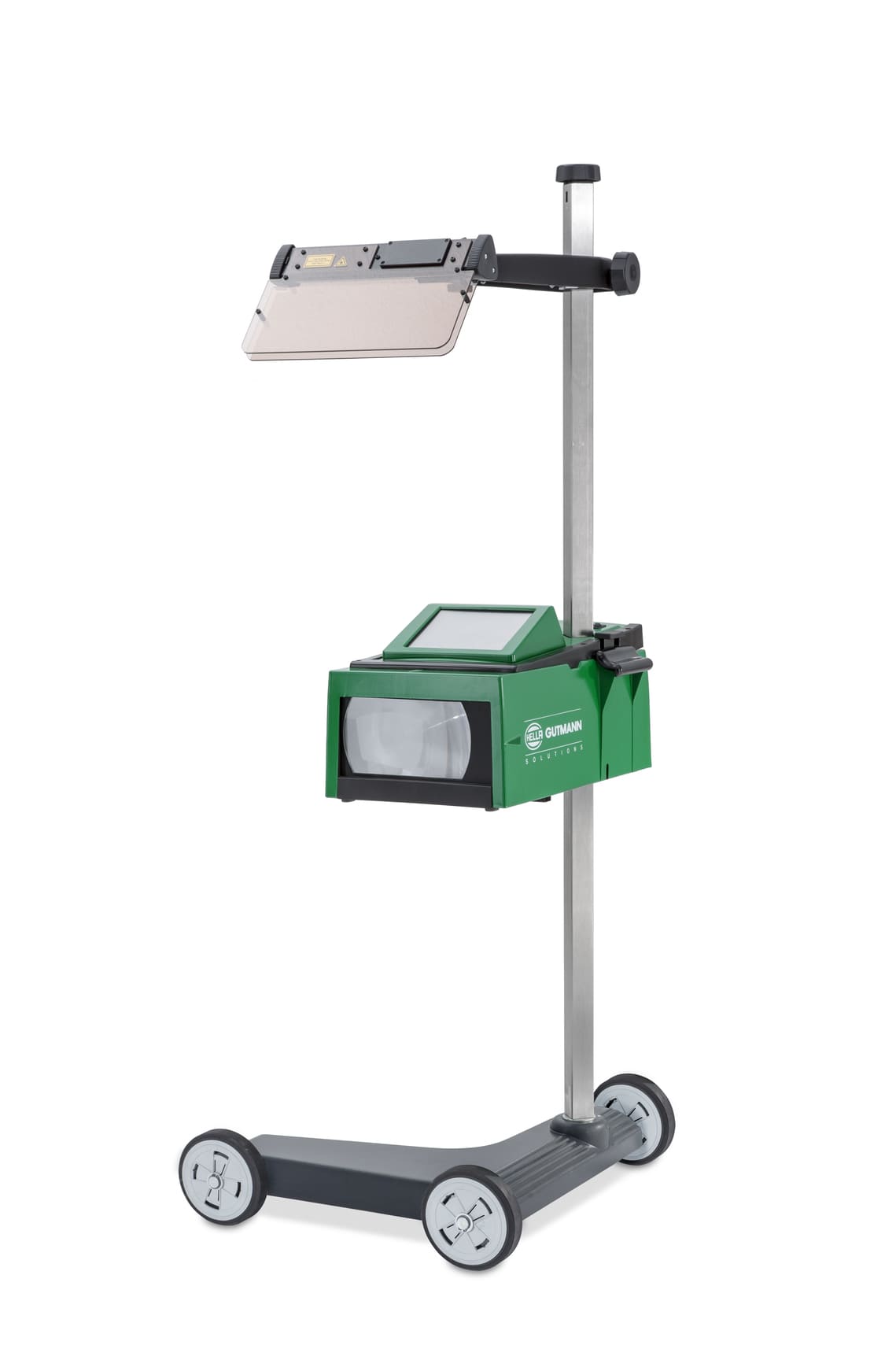Development of a injection moulding tool based on an existing component
Typically, a tool mold is built on the base of existing 3D data and drawings in order to produce the desired plastic parts. In this project with Hella Gutmann Solutions, however, it was the other way round (reverse engineering).
The existing tool has been in use for over 30 years and has quality defects due to age-related wear, which is why economical production is no longer possible. It was not possible to fall back on the design data of the component in this project, as 3D CAD systems were not as widespread at the time as they are today.
The aim was therefore to produce a new tool. The aim was not only to rebuild the existing mold, but also to optimize the injection molding of the component. In other words, demolding chamfers, cooling channel progressions, wall thicknesses and the optimization of cycle times were adapted to the current technical state of the art.
In the first step, the component was completely measured using a 3D scan to generate a point cloud from which 3D volume models could be derived. On the basis of this data, various simulations were carried out to optimize the injection molding of the component. Subsequently, the component was manufactured using the 3D printing process and subjected to a successful shoring test at the customer's site. The result is now an improved component as well as all design data required for it.
Gebr. Schwarz is optimally equipped for this type of customer support with its growing research and development department. The complete know-how of design, tool making, simulation of the injection molding process and the realization of 3D printed components is represented by the powerful R&D department as a whole.
Should you have similar challenges, please do not hesitate to contact us.


